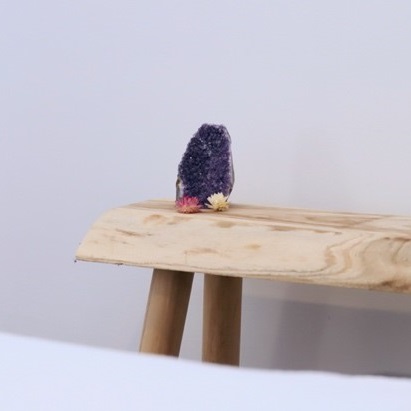Hello Rebalance Wellness community.
Welcome to Spring! I hope you are all excited for some warmer weather ahead and
flowers beginning to bloom again, I know I am.
If we haven’t met already, my name is Rebecca and I have been at Rebalance Wellness for just over one month now, as a Chinese Medicine Practitioner. I enjoy treating a wide variety of conditions and am here if you need me.
In this newsletter, I’d like to talk a bit about “Qi”. This is an essential concept in Chinese Medicine that is worth mentioning and something that I refer to a lot in the clinic.
So, what is “Qi”?
In Chinese Medicine, Qi (pronounced “chee”) refers to the vital energy that flows through channels in our body called meridians. If you have ever had an acupuncture treatment before, you may have felt sensations including tingling, numbness, heaviness, warmth or a feeling of pressure as the needle is inserted into the skin. This is a good sign and means that Qi has arrived at the acupuncture point and is getting to “work”, also known as “De Qi”. Have you ever experienced a De Qi sensation before? When Qi flows freely, our body is said to be in a state of balance and harmony.
When there is a disruption to the flow of Qi however, imbalance can occur within the body and symptoms and signs may present as a result. In Chinese Medicine, we call this “Qi stagnation”.
What disrupts the flow of Qi?
Qi can become stagnant for many reasons, including stress, overwork, emotional
disturbances (e.g worry, anger, fear or grief), a poor diet, lack of exercise,
environmental factors such as weather conditions or exposure to toxins, or injury/trauma to the body.
What are some symptoms and signs of Qi stagnation?
Symptoms and signs of Qi not flowing properly could include things like pain or
discomfort, bloating, constipation, irritability, mood swings, fatigue, frequent sighing, period pain, irregular menstrual cycles, skin conditions, poor sleep, headaches, the list goes on.
How can I keep my Qi in flow?
The good news is that you can do a lot to promote Qi flow and harmony within the body. Regular exercise is a big one. As well eating healthy and nutritious foods, ensuring you are getting adequate sleep and rest, reducing stress levels (this could include things like listening to your favourite playlist, going for a walk, practicing yoga or qi gong, taking time to meditate etc) or booking in for a Chinese Medicine treatment or your favourite bodywork session.
Has reading this has raised any questions for you? If so, feel free to book in for a session and we can discuss further.
Wishing you all a great week ahead and I look forward to seeing you in clinic soon.
With warmth,
Rebecca












You must be logged in to post a comment.